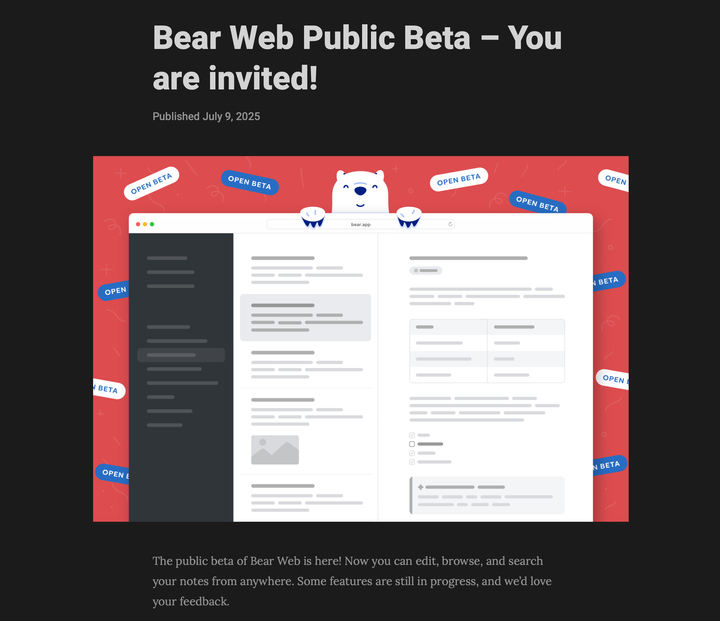Paying $8 per month for Twitter Blue

I remember when I first heard about Twitter, it was already the way it is today, not just a short messaging system (SMS) to share quick updates as it was initially. So I joined late by geek standards. The name was already Twitter and not Twttr, as Noah Glass originally named it. The idea for the short messaging app to share updates was Jack Dorsey’s idea, an engineer at Odeo’s at the time. Ev Williams, Biz Stone, and Noah Glass founded Odeo in 2004, but along with Jack Dorsey, Ev and Biz bought out Odeo in 2006 and started Obvious Corp. to develop the idea behind Twttr further.
Below is an image of A sketch, c. 2006, by Jack Dorsey, envisioning an SMS-based social network
Twitter as we know it debuted in July 2006, and I joined Twitter on September 2008. I remember working at a small software consulting firm when I discovered Twitter, and my feeling about Twitter was very different at the time. It was fun, a lot smaller, but also a bit naive. The top users at the time were people who were inventing schemes to grow their number of followers. People will offer to follow you if you follow them. It was like a game.
Many years later, Twitter has become a news source and an important communication platform for journalists, writers, politicians, etc. However, the average Joe gets lost in a sea of messages, replies, retweets, and long threads, mostly from people with blue checkmarks, a verification badge given to journalists, people with a public identity, and a few others. The idea behind this verification badge is that it protects them from scammers trying to impersonate them.

The reality is the blue checkmark has become a status symbol. It is a fact. The idea that only people who are journalists, influencers, or public figures can have a verified identity by having a blue checkmark to confirm it makes no sense to me. If Twitter allows everyone to go through a verification process to verify that they are a human and not a bot or a fake account, that will help alleviate some of the issues around fake accounts, bots, etc. What it will not be anymore is a symbol of status, which might be why many people do not want to see that. There will be no symbol that separate them from the rest of us.
If you use Twitter, you know what I am talking about, and you probably are also aware of all the drama and upcoming changes due to Twitter’s change in ownership. However, I still need to find out whether or not what is being talked about on Twitter about the new changes is accurate.
What has been confirmed is that Twitter will start charging $8 per month for a feature called Twitter Blue, which already exists and currently costs $5 per month and includes advanced organizing features for your notifications, top articles discovery, and a better reading experience + the new verification option, it is not a bad deal. In addition, Twitter will likely continue adding new features for Twitter Blue subscribers.
With the new Twitter Blue pricing, this company will have a new revenue stream, or at least increases an existing one, while allowing more people to verify that they are real people and not bots.
If Twitter is an important application for you, then paying $8 per month is okay. However, some people pushing back on having to pay this amount every month are often the same people who have suggested that some of their success has been due to their presence in this app. Others have mentioned that they’ve found jobs and advanced in their careers because of Twitter, yet they push back on paying $8 per month. It’s hard to pay for something you were getting for free. I understand.
Twitter will evolve and be a better application in the future. But only time will tell. It does have a lot of potential.
Would you pay $8 for Twitter Blue + a verified blue checkmark?
Happy tweeting.



Comments ()